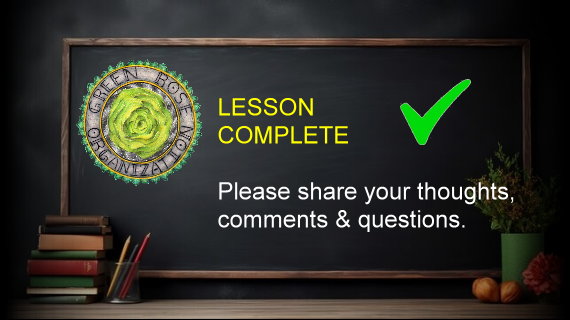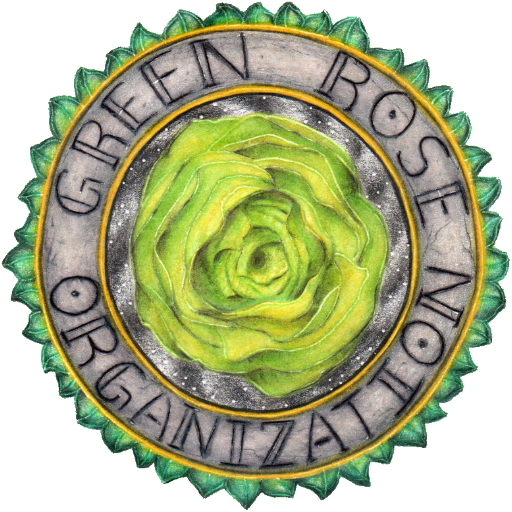
PROGRESSIVE MUSCLE RELAXATION
A STEP-BY-STEP GUIDE TO PRACTICING PROGRESSIVE MUSCLE RELAXATION EFFECTIVELY
Progressive Muscle Relaxation (PMR) is a powerful technique to help alleviate stress and tension, promote mindfulness, and enhance overall well-being. Here’s a step-by-step guide to practicing it effectively: Preparation 1. Find a Quiet Space: Choose a comfortable and quiet location where you won’t be interrupted. 2. Wear Comfortable Clothing: Avoid tight or restrictive clothing that might distract you. 3. Get Comfortable: Sit in a chair or lie down in a relaxed position. Let your arms rest naturally at your sides. 4. Focus on Your Breathing: Take slow, deep breaths in through your nose and out through your mouth. This prepares your body for relaxation. Progressive Muscle Relaxation Steps—Step 1: Work Through Muscle Groups: Start at one end of your body—usually your feet—and work systematically up to your head. For each muscle group: 1. Tense: Inhale deeply and contract the muscle group for about 5–10 seconds. For example, curl your toes tightly for the feet, or clench your fists for the hands. 2. Feel the Tension: Be aware of the sensation of tightness in the muscle. 3. Release: Exhale slowly and let the muscle group relax completely. Feel the tension leaving your body as you focus on the sensation of relaxation. 4. Pause and Observe: Take a moment to notice the difference between the tense and relaxed states. Step 2: Follow a Logical Progression—Here’s an example sequence to follow: Feet: Curl your toes, tense your arches, and release. Lower Legs: Flex your calf muscles, then release. Thighs: Tighten your quadriceps, then let them relax. Buttocks: Squeeze your gluteal muscles, then release. Stomach: Tense your abdominal muscles by pulling in your belly, then relax. Chest: Tighten your chest muscles by taking a deep breath and holding it for a few seconds, then exhale and relax. Hands: Clench your fists tightly, then release. Arms: Flex your biceps or press your arms against your sides, then relax. Shoulders: Shrug your shoulders up toward your ears, then let them drop and relax. Neck: Gently tilt your head back or forward to create tension, then relax. Face: Scrunch your facial muscles, including your forehead, eyes, and mouth, and then release. Step 3: Integrate Awareness—As you move through the body, focus fully on the contrast between tension and relaxation in each muscle group. Let your mind stay present with each sensation. Closing the Practice—Once you’ve completed the sequence, spend a minute or two just lying or sitting quietly, enjoying the relaxed state. Slowly reawaken by wiggling your fingers and toes, opening your eyes, and gently stretching. Tips for Success—Be Gentle: Avoid over-tensing muscles to prevent strain. Practice Regularly: Try PMR daily for the best results. Pair with Breathing: Synchronize muscle relaxation with deep, rhythmic breathing for a deeper effect.

